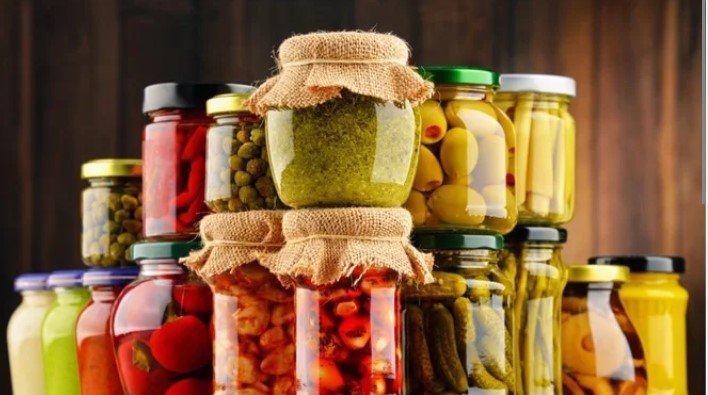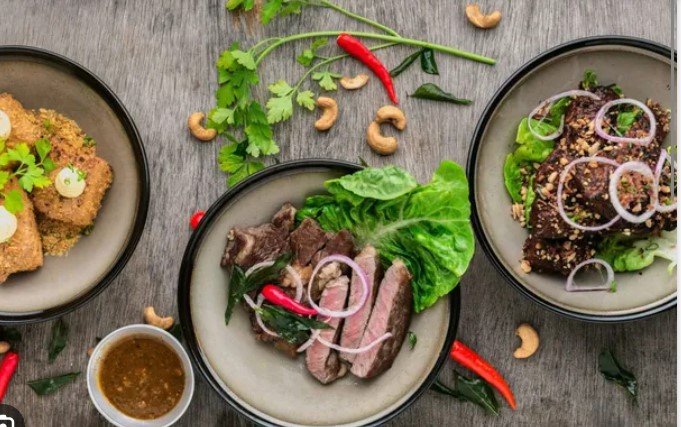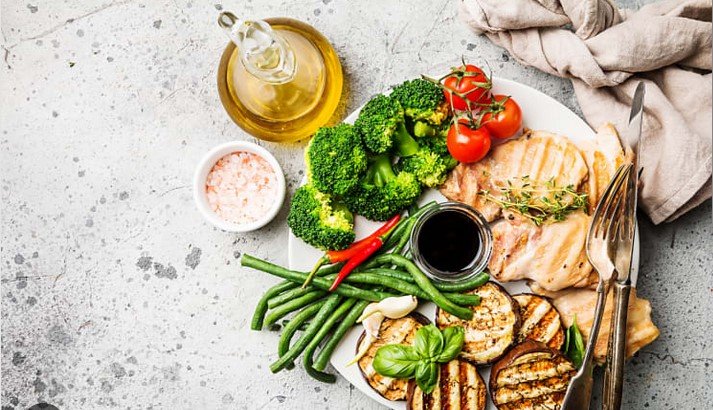Food blogging is an exciting way to share your love for cooking, recipes, and food experiences with the world. With the rise of social media platforms like Instagram, TikTok, and Pinterest, starting a food blog has never been easier. These platforms allow you to showcase your content, engage with an audience, and grow your online presence without needing a traditional blog site.
If you’re ready to turn your passion for food into a thriving blog, here’s a step-by-step guide to get started using social media.
1. Define Your Niche
Before starting your food blog, narrow down your focus. Consider what makes your content unique. Are you sharing:
- Healthy recipes?
- Regional or cultural cuisine?
- Quick and easy meals?
- Food reviews?
Defining your niche will help you attract a specific audience and stand out from the competition.
2. Choose Your Platform(s)
Social media platforms each offer unique benefits for food bloggers.
- Instagram: Ideal for sharing visually appealing photos and short videos. Use Stories and Reels for added engagement.
- TikTok: Great for quick, engaging recipe videos and viral trends.
- Pinterest: Perfect for driving traffic with visually appealing pins and recipe boards.
- YouTube: Excellent for long-form cooking tutorials and vlogs.
Start with one or two platforms that align with your content style and expand later as you grow.
3. Set Up Your Profile
Create a professional and inviting profile that reflects your food blog’s brand.
- Username: Choose a simple and memorable name.
- Bio: Include a short description of your niche, a call-to-action (e.g., “Follow for daily recipes!”), and a link to your website or other social media.
- Profile Picture: Use a high-quality image, like a logo or a vibrant photo of food.
4. Create High-Quality Content
Content is king in food blogging. Focus on creating:
- Mouthwatering Photos: Use natural lighting and props to make your dishes stand out.
- Engaging Videos: Show quick recipe steps or behind-the-scenes cooking moments.
- Helpful Captions: Share detailed recipes, cooking tips, or food stories.
Use photo editing tools like Lightroom or Canva, and video editing apps like CapCut to enhance your content.
5. Be Consistent
Post regularly to keep your audience engaged. Create a content calendar and stick to a schedule. For example:
- Instagram: Post 3–5 times per week and use Stories daily.
- TikTok: Post 3–7 short videos weekly.
- Pinterest: Pin 10–20 times per day, including re-pins.
Consistency helps build trust and keeps your content fresh in followers’ feeds.

6. Engage With Your Audience
Social media is about interaction, not just posting.
- Reply to Comments: Show appreciation and answer questions.
- Use Polls and Q&A Features: Engage your audience on Stories or Reels.
- Collaborate: Partner with other food bloggers or brands for cross-promotion.
Building a community helps strengthen your connection with followers and keeps them coming back for more.
7. Use Hashtags Strategically
Hashtags help your content get discovered by new audiences. Use a mix of popular and niche hashtags related to food blogging.
- Examples: #FoodBlog, #RecipeIdeas, #HomeCooking, #HealthyEats
Research trending hashtags in your niche and add them to your posts.
8. Leverage Analytics
Track your performance to understand what works and what doesn’t. Most social media platforms offer built-in analytics tools.
- Monitor Engagement Rates: See which posts get the most likes, shares, and comments.
- Track Follower Growth: Adjust your strategy based on your audience’s preferences.
- Test Different Content: Experiment with formats like Reels, Stories, and carousel posts to find your sweet spot.
9. Collaborate With Brands
Once you’ve built an audience, reach out to food-related brands for partnerships. Start small, offering product reviews or recipe collaborations in exchange for free products. As your blog grows, you can negotiate paid sponsorships.
10. Monetize Your Blog
As your food blog gains traction, consider these monetization strategies:
- Sponsored Posts: Collaborate with brands for paid promotions.
- Affiliate Marketing: Share links to kitchen tools or ingredients you recommend.
- E-books: Sell recipe collections or meal plans.
- Ads: If you expand to a traditional blog, include ad placements for passive income.
Conclusion
Starting a food blog using social media platforms is an exciting and accessible way to share your love of food with the world. By choosing the right platforms, creating high-quality content, and engaging with your audience, you can grow your blog into a successful venture.
With consistency, creativity, and the right strategies, you’ll be serving up content that keeps your audience coming back for seconds!











